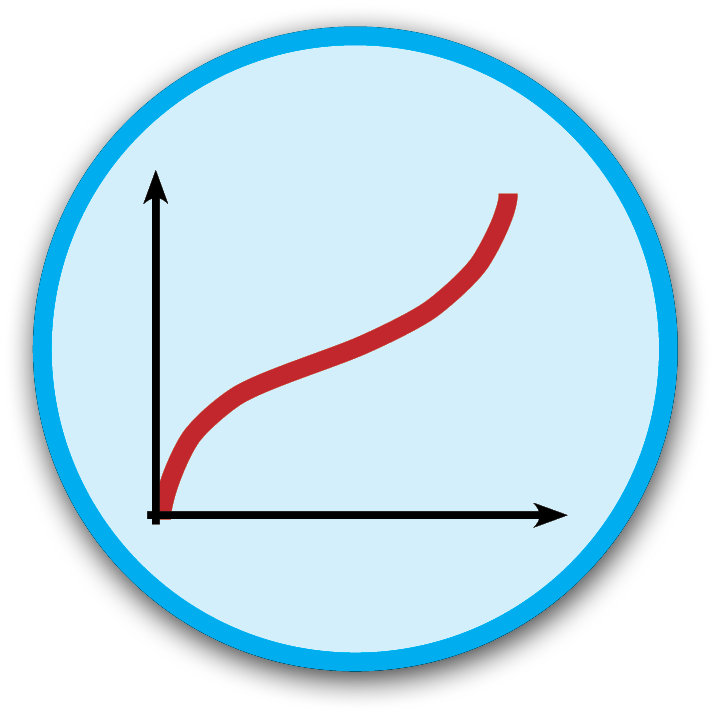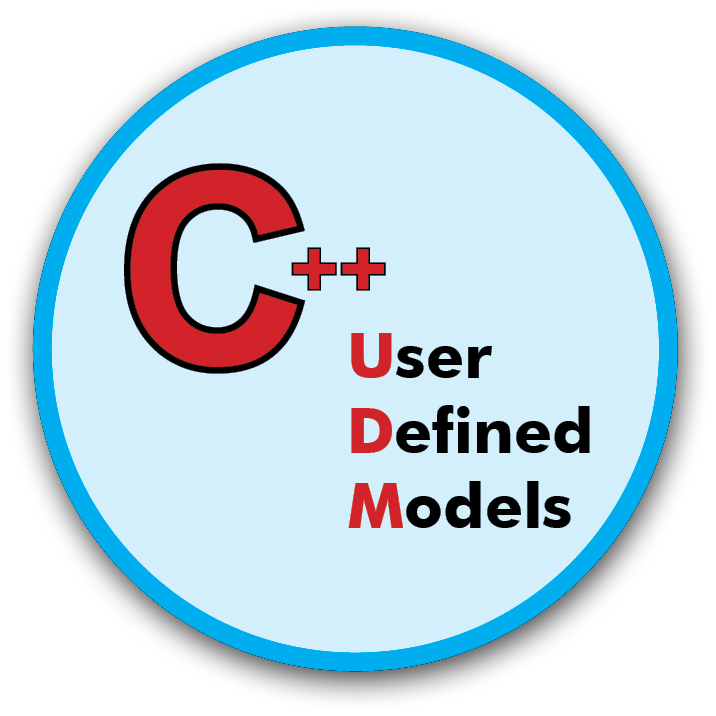Options in FLAC are sold separately from the code license, allowing users to extend the program’s capabilities as meets their own analysis needs. Modules available as options for FLAC include: Dynamic, Creep, Two-Phase Flow, Thermal, and User-Defined C++ Constitutive Models.

DYNAMIC OPTION
Dynamic analysis can be performed with FLAC using the optional dynamic calculation module. User-specified acceleration, velocity, or stress waves can be input directly to the model either as an exterior boundary condition or an interior excitation to the model. FLAC contains absorbing and free-field boundary conditions to simulate the effect of an infinite elastic medium surrounding the model. The dynamic calculation can be coupled to the structural element model (soil-structure interaction), to the standard groundwater flow model (liquefaction), and to the optional thermal model.

CREEP OPTION
This option can be used to simulate the behavior of materials that exhibit creep (i.e., time-dependent material behavior).
There are nine available optional material models that simulate viscoelastic and viscoplastic (creep) behavior: the classical viscoelastic (Maxwell) model; a two-component power law; a reference creep formulation (the WIPP model) implemented for nuclear waste isolation studies; a Burger's creep viscoplastic model; a WIPP-creep viscoplastic model; a ubiquitous viscoplastic creep model; a crushed-salt constitutive model; a power-law viscoplastic creep with ubiquitous joints, and a NEW soft-soil creep model.
All nine models are available with the creep option. A FLAC grid can be configured for both a creep calculation and a dynamic calculation. However, both modes cannot be active simultaneously because of the widely different timesteps.

TWO-PHASE FLOW OPTION
The two-phase flow option in FLAC allows numerical modeling of both fluid-flow and fully coupled simulations (with optional capillary pressure) of two immiscible fluids through porous media. The formulation applies to problems in which a fluid displaces another, and simultaneous flow of the two fluids takes place in the porous medium with no mass transfer between them. This optional feature extends the facility of the standard groundwater flow model.

THERMAL OPTION
The thermal analysis option in FLAC incorporates both the conduction and advection models (conduction: transient heat conduction and the development of thermally induced displacements and stresses; advection: transport of heat by convection — it can simulate temperature-dependent fluid density and thermal advection in the fluid). A thermal model can be run independently or coupled to the mechanical stress calculation or pore pressure calculation, either in static or dynamic mode.

C++ USER DEFINED CONSTITUTIVE MODEL OPTION
New constitutive models can be added to FLAC as DLLs that are written and compiled in C++. The DLLs can be loaded in FLAC whenever needed, via the MODEL load command, or automatically if they are placed in the “exe64\plugins\models” folder.
By implementing this optional feature, users can access new constitutive models from Itasca’s online UDM Library. An advantage of these models is that they run at nearly the same speed as built-in models, and noticeably faster than FISH constitutive models.
This option is required to both load and run UDM models.
